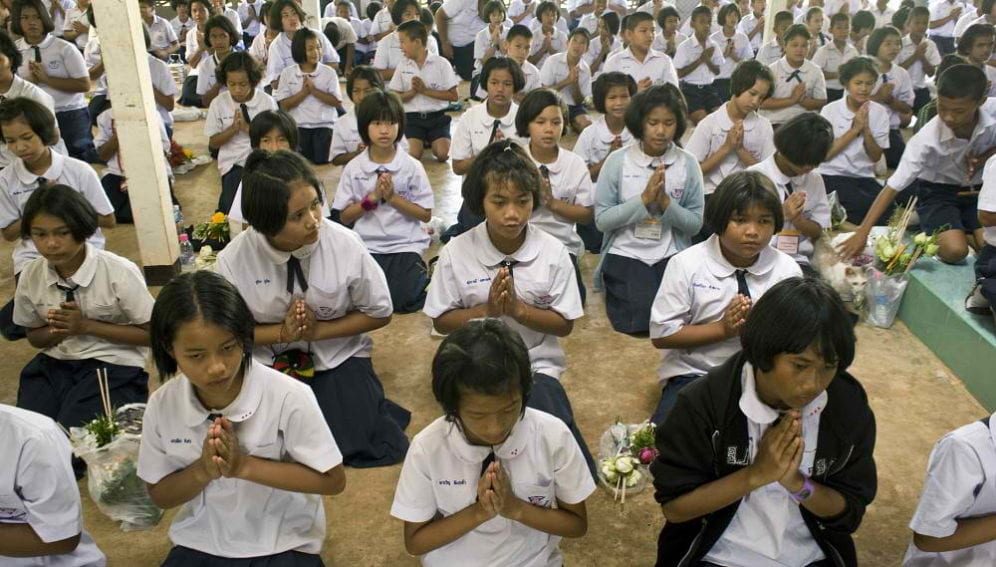By: Yao-Hua Law
Send to a friend
The details you provide on this page will not be used to send unsolicited email, and will not be sold to a 3rd party. See privacy policy.
[KUALA LUMPUR] Scientists working to reduce dengue infection among schoolchildren in Thailand are testing something new: insecticide-treated school uniforms. A recent study published in PLOS One (23 September) suggests that this intervention can be economically attractive.
Using data from dengue studies in Thailand, the study examined the cost-effectiveness of uniforms treated with insecticide under various scenarios. Aedes aegypti, the vector of the dengue virus, bites during the day when most children are in school. In Thailand, children aged 5-14 make up about 65 per cent of dengue haemorrhagic fever patients.
Yesim Tozan, assistant professor at New York University in the United States and lead author of the study, tells SciDev.Net that affordability remains a key question.
The study showed that using the WHO-definition of cost-effectiveness, intervention was cost-effective if it could reduce dengue incidence by 50 per cent and that the uniform for each child would cost US$5.30 or less per year. However, Tozan estimates that each insecticide-treated uniform would need to cost $1 or less to be considered by the Thai government.
Annelies Wilder-Smith, a professor at Lee Kong Chian School of Medicine in Singapore and a co-author of the study, notes that the treated uniforms will be cheaper if they are mass-produced in Thailand. She says Thailand’s ministry of science is keen on producing these uniforms locally and is now working with the European Union-funded DengueTools consortium.
But Olaf Horstick, a public health expert at the University of Heidelberg, Germany, is cautious about the impact of insecticide-treated school uniforms: “For now, the studies on these are only of hypothetical value for policymakers because we do not know the effectiveness of uniforms with insecticides in protecting people from dengue.”
Although scientists have just begun to test insecticide-treated school uniforms against dengue, for decades the military and outdoor groups have been using clothes treated with insecticides to protect against ticks and mosquito bites. Permethrin is the synthetic chemical widely used for this kind of clothing.
According to the US Environmental Protection Agency (EPA), exposure to permethrin-treated clothes stays well within the safety thresholds. The EPA also notes that while permethrin poses low toxicity to mammals, it is highly toxic to aquatic fish and invertebrates.
EPA’s approval may help ease safety concerns but thorough studies are still needed to assess Thai parents’ attitudes towards the uniforms, says Horstick.
While a 2012 survey of more than 300 Thai parents in one province revealed that most parents (87 per cent) would accept insecticide-treated clothes for their children, “ the important thing is for acceptability studies to be repeated in different communities”, he tells SciDev.Net.
Peter Hotez, president of the Sabin Vaccine Institute, adds that “until we get a safe and effective vaccine, these interventions are just stop-gap measures”.
Link to full paper in PLOS One
This article has been produced by SciDev.Net's South-East Asia & Pacific desk.
References
PLOS One doi: 10.1371/journal.pone.0108017 (2014)














